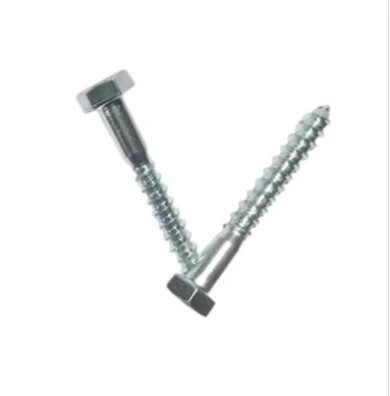Dec . 19, 2024 07:51 Back to list
Understanding the Processes Involved in Bolt Manufacturing for Enhanced Production Efficiency
Understanding the Bolt Manufacturing Process
Bolts are vital components used widely in construction, automotive, and machinery applications. They play a crucial role in fastening components together, providing stability and strength. Understanding the bolt manufacturing process is essential for ensuring quality and performance in engineered products. This article will delve into the steps involved in the production of bolts, highlighting the various techniques and technologies used to achieve high-quality fasteners.
The manufacturing process of bolts begins with the selection of raw materials. Typically, steel is the primary material used, owing to its favorable mechanical properties and cost-effectiveness. High tensile steel, stainless steel, and sometimes specialized alloys are chosen depending on the required strength and corrosion resistance. The selected material usually comes in the form of wire rods, which are processed into bolts through several stages.
The first step in the bolt manufacturing process is cold forging. This involves the deformation of metal at room temperature, which helps in achieving the desired shape while preserving the material’s integrity. Cold forging is an energy-efficient method that results in minimal waste. During this stage, wire rods are cut into specific lengths, then placed in a forging press, which shapes them through high pressure to create the head and the shank of the bolt.
After cold forging, the next step is thread rolling. This process is crucial for creating the threaded portion of the bolt. The forged blanks are passed through thread rolling machines that use cylindrical dies to form the threads. This process not only shapes the threads but also strengthens the material through work hardening. The precision of thread rolling ensures that the bolts fit perfectly with their accompanying nuts and other components, providing secure fastening.
bolt manufacturing process

Once the threads are formed, the bolts undergo heat treatment. This process involves heating the bolts to a specific temperature and then cooling them at a controlled rate. Heat treatment enhances the tensile strength and hardness of the bolts, making them suitable for various load-bearing applications. Depending on the specific requirements, bolts may be subjected to different heat treatment methods, such as quenching and tempering, to achieve the desired mechanical properties.
Following heat treatment, the bolts require surface finishing. Surface treatment processes such as galvanization, plating, or coating are commonly employed to enhance corrosion resistance and improve aesthetic appearance. Galvanization involves coating the bolts with a layer of zinc, which provides excellent protection against rust and environmental factors. Other options might include black oxide or nylon coatings, which cater to specific applications where additional resistance to wear is necessary.
After surface treatment, the bolts are subjected to rigorous quality control inspections. This is a critical phase where various tests are conducted to ensure the bolts meet industry standards and specifications. Common tests include dimensional checks, tensile strength assessments, and sometimes non-destructive testing techniques. This thorough inspection process ensures that only high-quality bolts reach the market, reducing the risk of failure in critical applications.
Once the bolts pass all quality checks, they are packaged and prepared for distribution. Packaging materials are chosen to ensure protection during transportation and handling. Efficient packaging also facilitates inventory management, making it easier for manufacturers and retailers to manage stock levels.
In conclusion, the manufacturing process of bolts involves several well-defined stages, from material selection and cold forging to thread rolling, heat treatment, surface finishing, and quality control. Each step is critical in ensuring that the final product meets the required standards for strength, durability, and functionality. As industries continue to evolve and demand higher performance from fasteners, innovation in the bolt manufacturing process remains paramount, ensuring that bolts continue to play their essential role in various applications worldwide.


